Ever imagined how great it would be if we could just skip standing in those long try-on queues, that too with just 3-4 pieces at a time? OR to skip finding a place to sit in a busy store to try-on your first pick favourite shoes? OR maybe to explore a place before actually physically visiting it?
What if I tell you, it is possible to do so! Let's find out how?!
Yes, possible with AR/VR technologies!
Existence of these technologies are deriving meaning into words like Phygital.
Word Phygital- describes a concept of clubbing Digital World with the Physical one and clubbing Physical world with the Digital One ensuring Immersiveness and Interactivity.

AR/VR is definitely the next big thing in the retail sector or to put it another way, AR/VR is the future of Retail. As per Statista, AR/VR application download is predicted to be at over 5.5 billion by 2022. Also, as per Digi-capital AR/VR market is predicted to reach around a $65 billion market by 2024. With such a huge potential market, Retail businesses should also think of adopting these technologies. These statistics reveal that in future there will be a huge demand for leveraging these technologies for business growth.
Why do we need AR/VR Technologies?
For any Retail Businesses, the first and the foremost Principle is “Customer is the King” Hence, there are 2 aspects of why AR/VR is required in Retail Business now. First, for a memorable Customer shopping journey and second, to solve an underlying retail business problem. So, what are some of the points related to customer journey and problems?
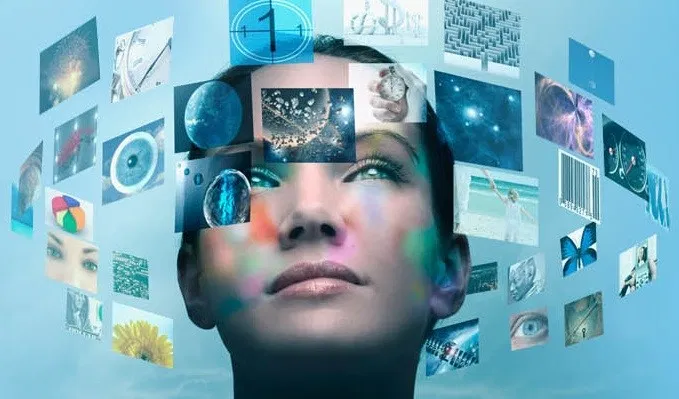
-
Customer Experience- Key to make a shopping journey happy for any customer is to provide them with an enriching experience. Who wouldn’t like to have a virtual try-on, sitting at home in their comfies OR who would like to be a part of those changing-room queues with just a few pieces at once OR have you ever experienced a situation where you select a piece but want it in a different variant (colour, size, texture etc.) and that isn’t available for try-on. Sounds annoying right?
For all of these scenarios, now you have AR/VR at your rescue. Using these a user can do a virtual try-on in as many variants as available for a particular piece in a span of a few minutes and absolutely avoid the wait. More than giving a memorable customer experience, this technology will actually help the Company in unexpected ways like what if I tell you, that using more of these Virtual Technologies will drastically reduce the rush on offline stores, thus making it a pleasant experience for the offline customers as well. Win-win situation, Isn’t it?
-
Customer Engagement- Augmented Reality & Virtual Reality is a perfect mix of technologies to engage a customer. Let me explain, how!? Imagine, you enter a mall and need to visit a famous fashion outlet, what would you do- First Instinct look for a signboard which has a mention of all the brands on various floors or ask someone, and If I tell you, you have it right in your phone just open an application in your phone and type the name of the store and follow the footsteps in front of you. Interesting Right? Also, how about using a shopping application like a Snapchat app, filters being the pieces you choose to shop? Have it all in your phone from try-on features to chatbot to connect with a sales representative.
-
Customer Satisfaction- This is one of the most important points for a successful retail business. A memorable happy experience often leads to a satisfied customer. AR/VR technologies are likely to give an enriching experience to the customer which increases the chances of customer satisfaction significantly. As this technology is meant to make it easy and memorable for customers and it is likely to have an upper hand in leading to satisfied customers for companies as well.
-
Customer Awareness- Customer engagement and Interactivity is not only required after onboarding the customer but is important to aware and attract as well. These AR/VR technologies can extensively be used as marketing tools to spread awareness about a product. Let’s say, you can interact with a virtual product and see all product features and advantages, wouldn’t it be useful to spread awareness about the product and attract a customer thereby, leading to improved sales numbers.
-
Customer Retention- As much it is important to attract a customer to buy a product, in the same way, it is absolutely imperative to retain an existing customer. How would you do that? A happy customer is a returning Customer- I’m sure, you’ve heard that. Yes, these technologies fulfil the purpose of engagement and interactivity for the customers thereby giving them a memorable experience and bidding a happy sale goodbye and improved chances of customers returning. Hence, leading to higher profits for the company.
How can AR/VR technologies be leveraged in different Retail Industries?
-
Beauty & Makeup- With increased awareness of augmented reality and virtual reality technology, now this Industry has started giving traction to it and leverage to provide better service to their customers. For eg. A customer visits a beauty showroom and rather than getting into the hassle of removing existing make-up to try on new make-up products, it will be much easier to have a virtual try-on. How will it help? For customers. it will get much easier to make a choice without going into the makeup putting and removing fuss.
For a Company, it would save them a handsome amount of tester Cost that they have to bear with each product.
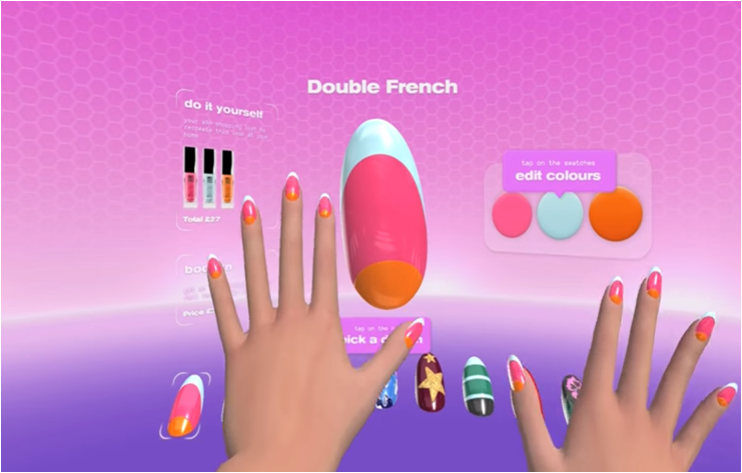
-
Fashion- Virtual try-on is one of the best ways to leverage these technologies into the fashion Industry. Another great way is to give them add on features like navigation in the AR application or Virtual tour of stores. Similarly, in VR one of the amazing features is where a customer wears a head-mounted (easy to handle device) and chooses a model of his/her body dimensions and in an interactive way see the virtual try-on products on the models.
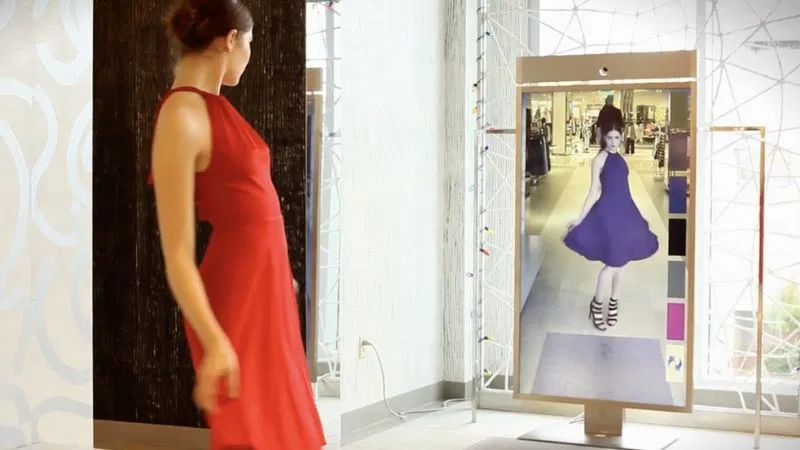
-
Departmental Stores- How about you visit a departmental store and see a heavy item in front of you and would like to see its features and advantages, what would you do, wait for someone to come and assist you? OR If you have an application where on scanning a product you can rotate it, see its features, its uses and also mantle and dismantle it. That is what this AR/VR does, making a memorable but effortless experience.

-
E-commerce- This technology is already being used by superpowers in this Industry with some of its features like 3D-Virtual Try-ons- Lenskart. It can be a great option to engage customers and boost sales by giving 3D Virtual try-on options on models, where a user gives his/her dimension and sees a model either in VR headset if physically present or on an application. This will significantly improve customer engagement and boost the sales of a company.
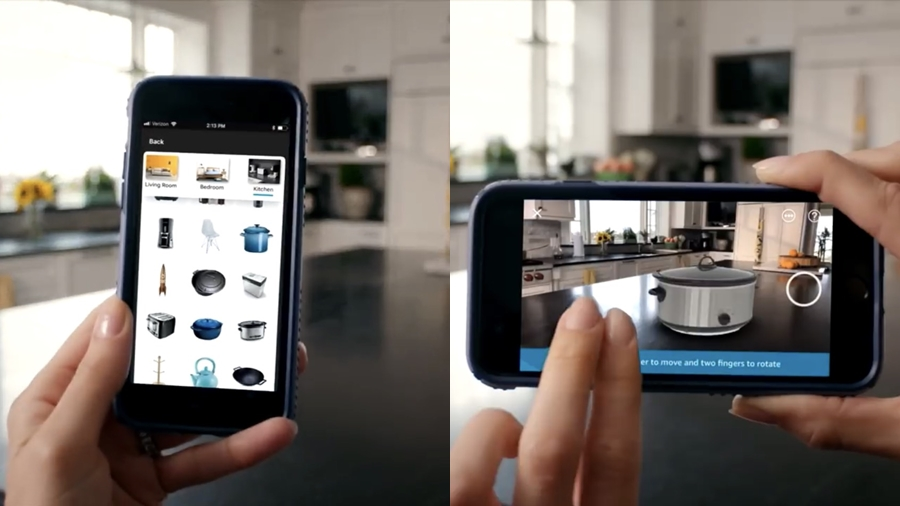
-
Automobiles- This Industry is the one which faces a major problem of ‘cramped for space’. For example- there are so many variants to a particular model of a car but all can’t be present in one showroom for obvious space reasons. But, if there is a solution that a user scans one model of the car and virtually sees other variants right in front of him/her. That would be brilliant. It would make decision making easier for the customer and save the rental cost of the company.
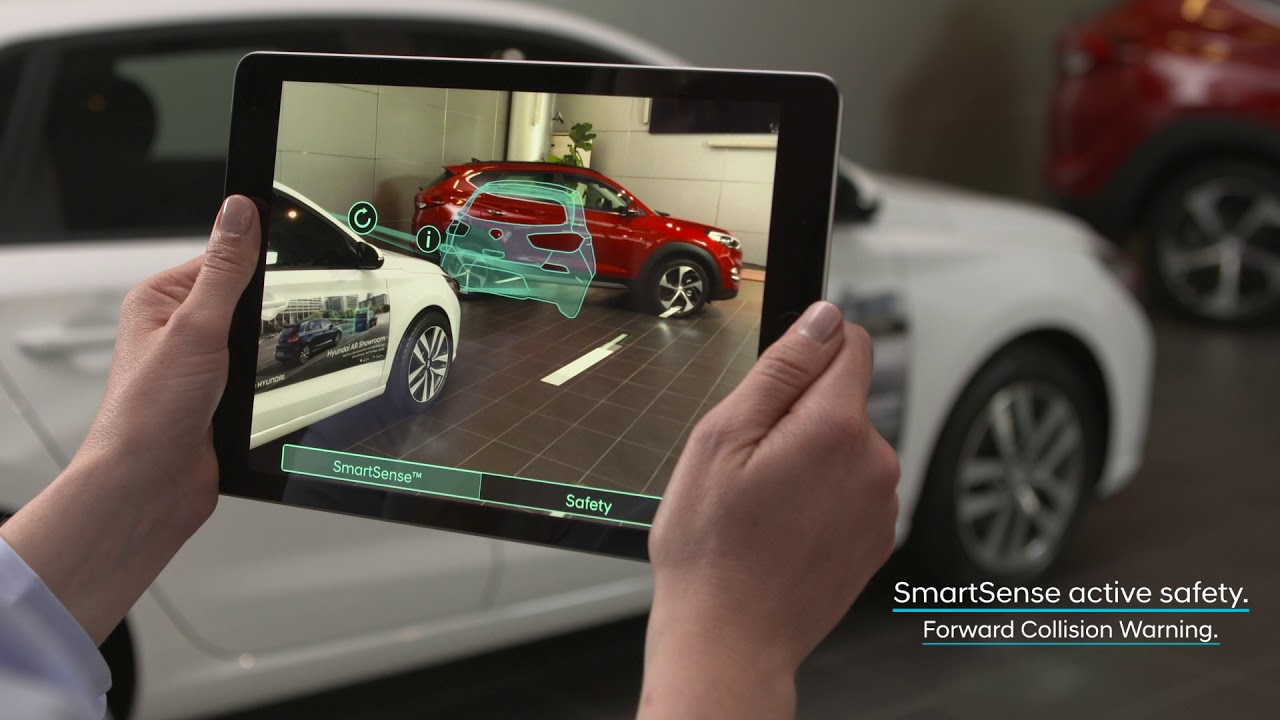
-
Furniture and Hardwares- AR/VR configurators are well-known technology under this segment of the market. It has been proven to be highly effective for the customers as well. Where a customer can virtually plan his/her room with virtual furniture and hardware and also has an option to real-time scan the environment and see how a furniture would look before actually buying it.
-
Travel and Tourism- Customers are often delighted and make their travel decision based on 2D Images. But it will be altogether a different experience for a customer to have a 360 view of a place before actually visiting it or a fully immersive interactive tour of a place in VR. All the travel and tourism companies can have these technologies on their websites which will significantly improve customer engagement, decision making and hence sales numbers.
Another, great idea to leverage these technologies is to use an advanced AR-enabled navigation solution, where you scan a place and identify eating hubs, bars, shopping malls, all while standing at one spot.
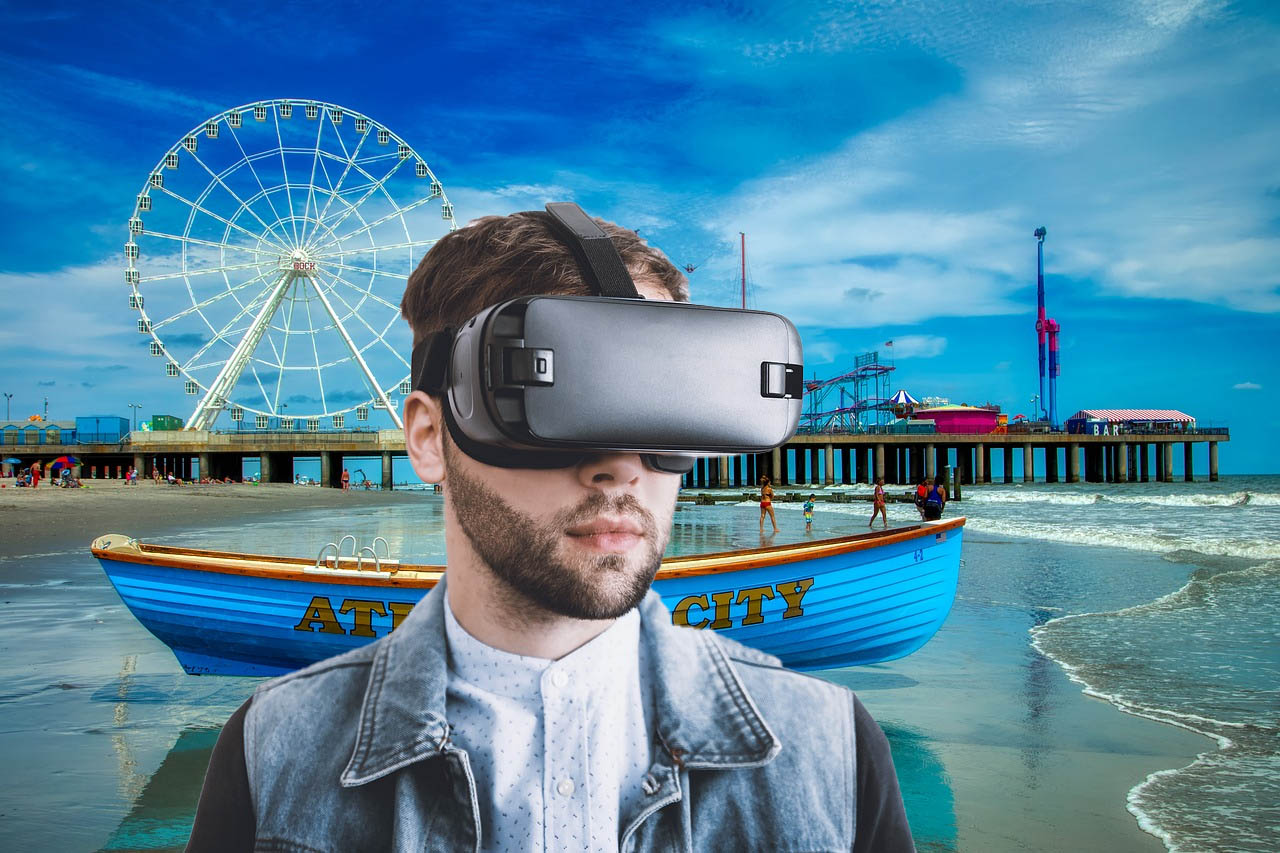
-
Real Estate- Real Estate companies usually have a problem selling their semi-built or unbuilt properties. But VR Virtual Tour and 360-degree videos are here to make your job easier. Using these technologies, users will get a fully immersive and interactive view of the place which will enable faster decision-making and cross a big hurdle for the Industry.
-
Electronics- How many times has it been a case with you, where you bought a particular technology and after installing you face issues with using it well. Then, obviously you have those user manuals or you could rely on technicians but who would like to wait when you have an alternative available where a user can see a 3D video of the product right in front of him, explaining different parts and usage of those, in a minute.
-
Food and Beverages- This is one such Industry which is still left to be explored on how to leverage AR/VR technologies effectively. But, let’s discuss a scenario, you visit your favourite restaurant and order your favourite dish and now eagerly waiting for it to get served/delivered. Now, if you get an option to see it while it is in the making or get to know about the ingredients or an option to add or remove an ingredient. Also, in your spare time, how about if you get to play some interactive games and earn points? Does that sound interactive and engaging to you?
These small marketing techniques go a long way in satisfying a customer and retaining a customer thereby adding to the company's growth.
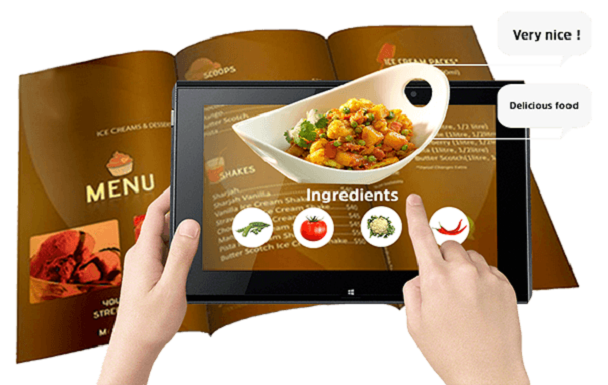
Current Scenario: Pandemic and Post Benefits
Pertaining to the current Pandemic situation, it is imperative to become digitally and technologically active. This pandemic has shown us what major role technology has to play and offer multiple benefits.
Benefits for the organisation:
-
Marketing- Retail Business is all about the “Try and Choose” concept in most of the Industries where using these technologies can foster engagement with the products/service and wide-spread reach of the product. Thereby, spreading awareness about the retail products/services.
-
Sales- In the retail business, a consumer has multiple choices to make thereby leading to delayed decision making. A solution to fast pace this decision-making are these AR/VR technologies which are known for their interactive and engaging features which lead to better engagement and quicker decision making for the customers thereby leading to more sales numbers for the organisation. Also, with engagement, it is likely to sell a product to a happy customer hence Increases chances of returning customers.
-
Cost Reduction- In most scenarios, it is the one-time Investment cost of the hardware for these technologies.
Later just updating the product/service line in the CMS. In the long-run, it has shown results of low Opex Cost- Example training an employee to do a marketing campaign or let technology do it for you OR the automobile space example above OR the Beauty tester example as explained above.
To sum up, well, there are innumerable reasons why companies all over the world are adopting these AR/VR technologies, firstly, looking at the long-term benefits of having them in the system, secondly, to have a competitive edge in the market. Hence, the wait of adopting these should be over as there is no denial of the fact that AR/VR is the future of Retail.


